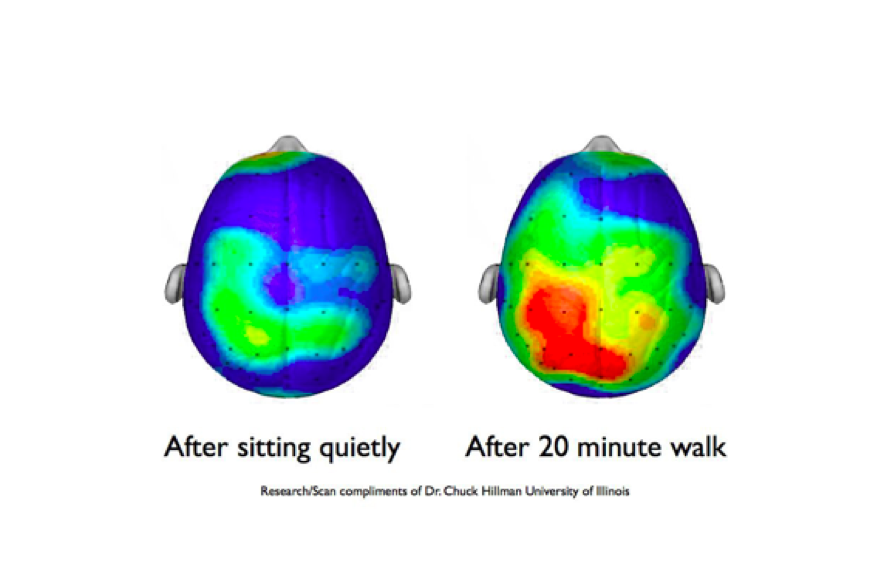Published 27 January 2022
Which brain would you prefer when taking a test?
Active learning – what is that?
Since Lead Teacher Niklas Lönnqvist introduced the concept of Active Learning at SSHL, more and more teachers have adopted it and made it part of their pedagogy. But what does ”active learning” really mean?
Sheida Delgoshaei, mathematics teacher in the Swedish middle and upper secondary school and Head of Development for our middle secondary school, was one of the first to implement active elements into her teaching. She has been working with the concept for a long time:
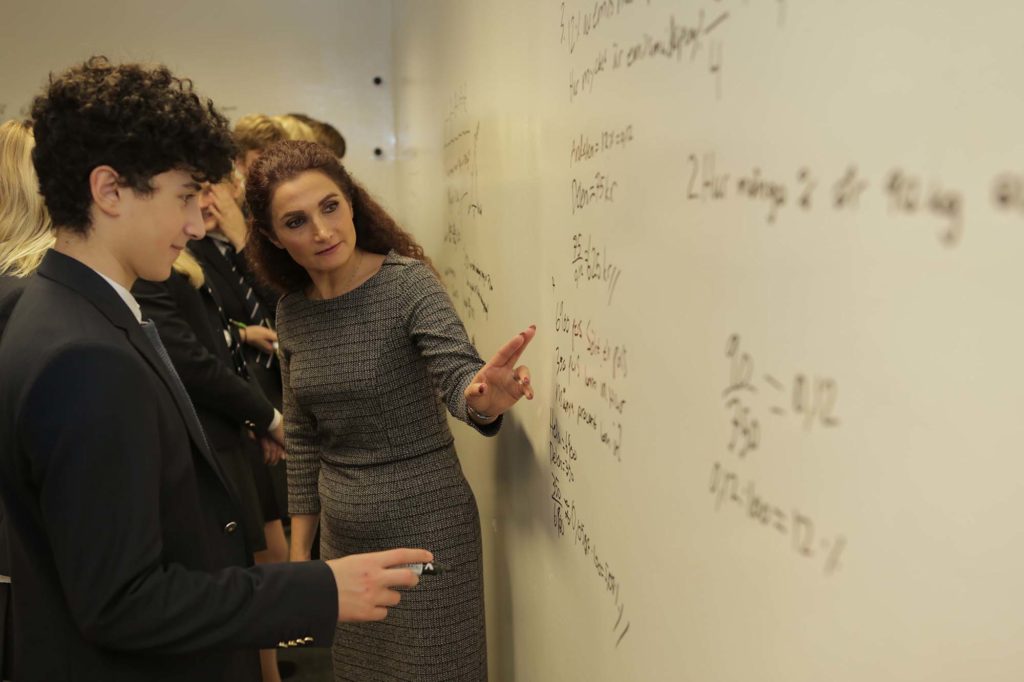
– Active learning means that you try to engage all the students’ senses. That they get an opportunity to talk to each other, discuss solutions, move around, and learn from what others are doing. Nothing is ever static, but you develop continuously and move forward together with the students. It also encourages students to dare. If you participate, then eventually you start to dare taking risks, and the more you dare, the more you learn.
The human body is built for learning while moving
Two of the school’s classrooms have been remade into so called “Active Classrooms”, where the walls are painted with whiteboard paint. In one of the rooms, there are also tables and chairs with variable height adjustment, and therapeutic exercise balls that the students can use when they feel the small movements can help them focus. This way of teaching and thinking about teaching, can also be applied in regular classrooms and any classroom can, with some didactical tricks and other minor or major changes, be re-made into an active classroom.
– The human body is built for movement, and particularly for learning while moving, agrees Sofia Neovius, mathematics and Economics teacher in the IB DP and Subject Leader for IB mathematics at SSHL. The more distractions that our students have to deal with in their environment, the more important it becomes for us to work with our bodies and brains than against them. That allows our students to focus for longer, lessons become more fun, and most often it becomes much easier for the teacher to see what the students have understood, and what really didn’t click.
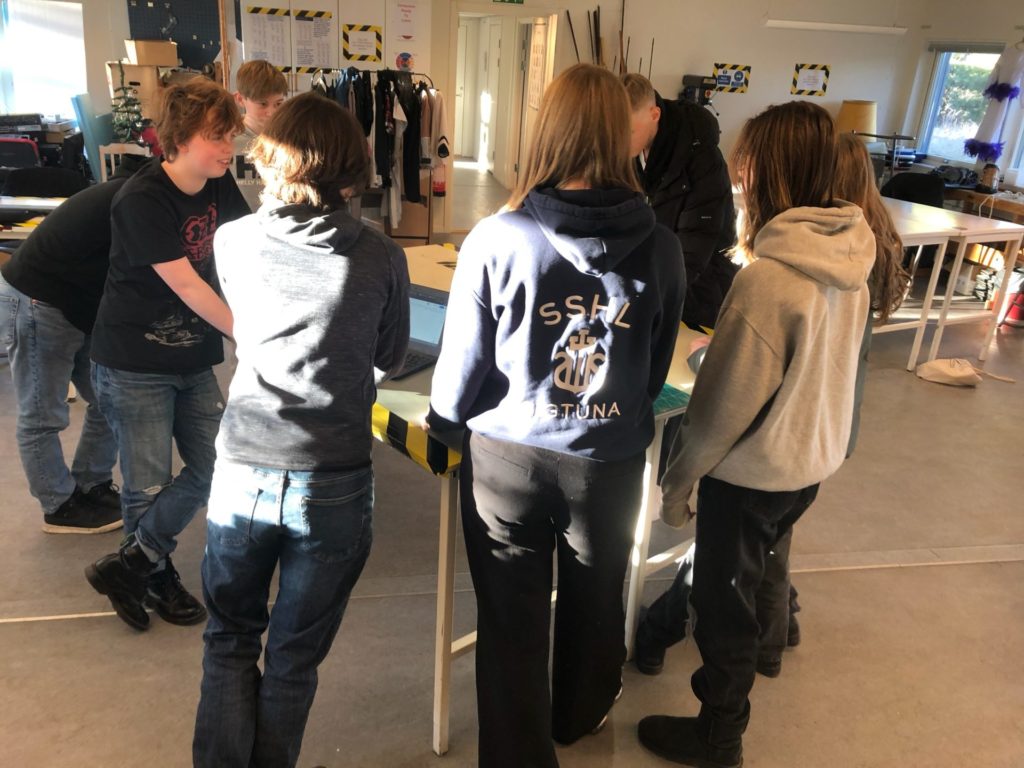
– I removed almost all of my chairs for example, says Kent Carlstedt, teacher of UX Design at the MYP Programme. Now there’s just one chair per table left, so the students stand throughout the majority of the lesson. In my subject the students must collaborate and I’ve noticed big difference in their energy levels and ability to cooperate and focus since I started with this, Kent continues.
– They work more effectively, they are more alert and have more energy and stamina. The only time that anyone sits down is when they’re summarizing what they’ve done during the lesson, and both my students and I think we feel better and get more done when we work like this.
Which brain would you like to write a test with?
Other teachers use brain breaks, short pauses during their lessons that aim to get students up and moving and give their brains a chance to re-gain focus if it’s been lost; or turn regular desks into standing desks by putting chairs onto the tables; let students do group work or discuss things standing up; etc. The students are also continuously encouraged to give and receive feedback, and discuss solutions and suggestions in many different pair or group constellations, often during one and the same lesson.
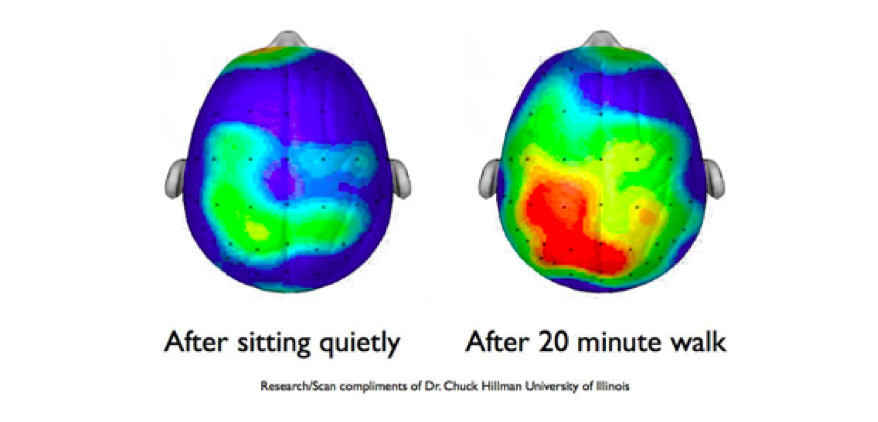
Which brain would you like to write a test with? Illustration: Dr Chuck Hillman, University of Illinois
The school also has access to an outdoor classroom at Midgårdsängen:
– Outdoor pedagogy is not ”instead of,” but rather a complement to ”indoor teaching. By offering this alternative, we aim to improve our students’ academic achievements, but also their general well-being, says Niklas
Lönnqvist, Physical Education teacher in the Swedish lower and upper secondary school and Lead Teacher of Exercise and Health. 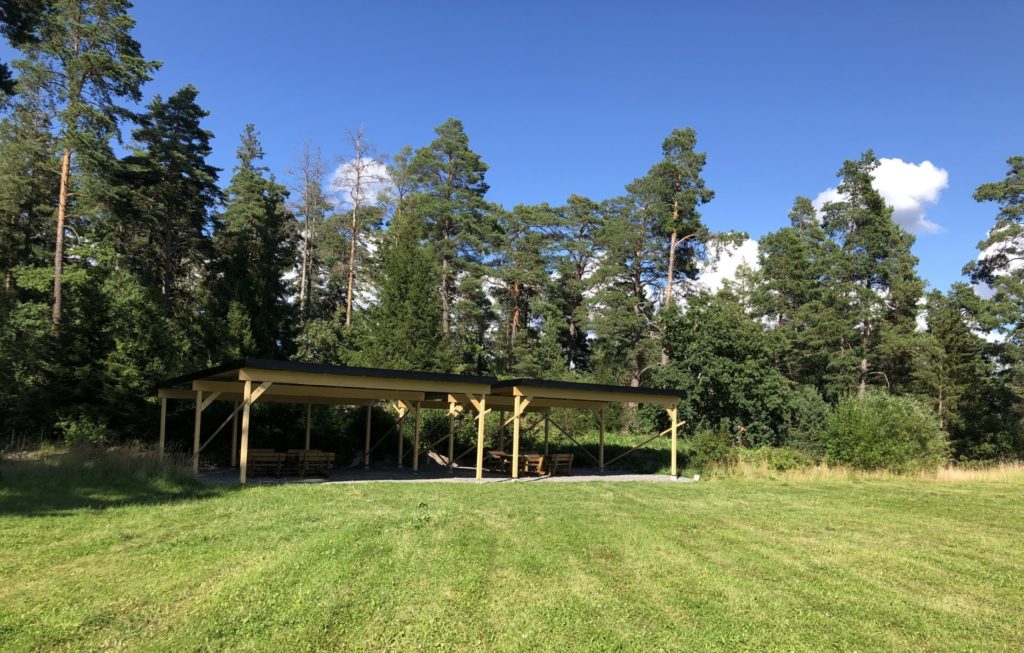
– It’s just about moving teaching outdoors, either a whole lesson or parts of it. With a bit of creative planning and preparation, all subjects can be taught in an outdoor environment. We believe that when our students get to move around and breathe fresh air while they’re studying, they simply feel better.
The aim: to introduce more movement throughout the day
Today’s students are sedentary most of their waking hours, and that’s not what our bodies were built for. Students are less physically active in their free time than previous generations were, and that makes it harder for their brains to focus during the school day and acquire and process information, which may affect their learning negatively.
– The aim of active learning is therefore to introduce more movement throughout the day, shorten the sedentary periods, and facilitate concentration and stamina during the lessons. This has become even more important since the Covid pandemic started Niklas continues.
– The reception by the students has overall been very positive. I love this classroom, says Catarina Edwards in DP23 about their lessons in one of the Active Classrooms. It becomes so much more fun when you get to collaborate and write on the boards.
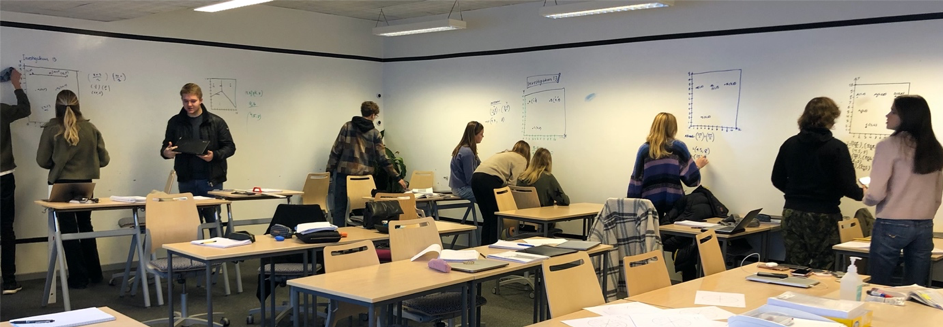
– Then of course, this is like everything else in education – one size does not fit all, says Sofia Neovius. Parts of this concept do not work for all students and then it’s our job as teachers to meet the needs of the students whom it’s not working for, on their terms.
Overall, though, we’ve noticed that more students get the chance to learn what we try to teach if we work in accordance with the body and brain that evolution equipped us with, than if we work against it.
